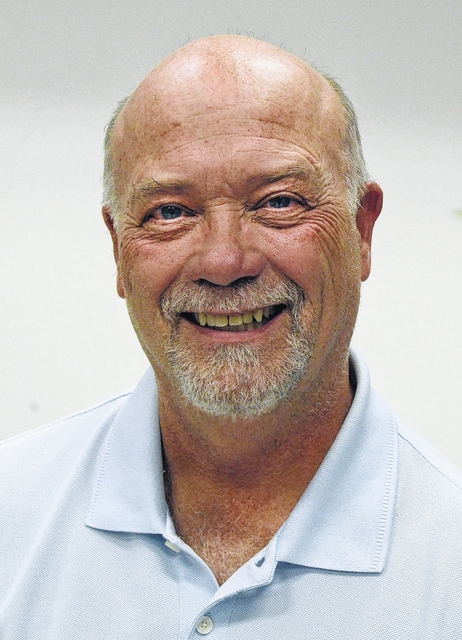Well, the great shroud has finally been lifted with our shift back to daylight savings time, and to that, I will shout to the highest reaches of our celestial ceilings, “Hallelujah!”
While our light gains actually begin on the first day following the winter solstice on December 21, also known as the shortest day of the year, the gains are very slight at first, as in just a few seconds, long before the gains peak in early March during the run up to regaining that lost hour we experienced. The gains at their peak are around three and a half minutes per day during the first week of March. By mid-June, we’ll all be bathed in that glorious sunlight for just over 16 hours per.
As for why we go through this fall-back and spring-ahead nonsense, well, if you’re like me, you ask yourself that every early November and March. It really does make me so jealous of my fellow Americans in Hawaii and most of Arizona (except for Navajo Nation), the only two states that don’t engage in what I think is a silly practice.
As for the whys that those two states are exempted, the reasons are as follows. Hawaii is a little over 1,300 miles from the equator, closer than any other state, so there is little variance with the amount of daylight no matter the time of the year, so the state is not required to join the unlucky 48. In Arizona’s case, state officials asked for an exemption from the time shifts because of the extreme heat during the hottest months of the year in the summer and were granted that exemption initially in 1973 during the energy crisis. Ask anyone who lives in The Grand Canyon State, such as my text buddy (and first girl I ever kissed) Lisa Boop, if another hour of daylight when it’s 115 degrees in July is appealing, and you’re likely to hear a resounding, probably profanity-laced negatory.
Now, all of us who express our indignation over the shroud of darkness through which we’re expected to navigate during our Midwestern winter months did have some hope back in 2022 that our politicos would put an end to the practice. The Senate passed the Sunshine Protection Act, which would make daylight savings time permanent, thereby eliminating all that falling back and springing ahead. However, as the political wheels often do, the measure ground to a halt in the House and has yet to make it to a vote. Officially, using classic bureaucratic jargon, the Senate-approved act is “held at the desk” in the House.
As for the physiological and psychological changes that occur when that one hour of light is either added or subtracted, I suppose everyone reacts somewhat differently, but studies have shown that the changes impact natural sleep cycles as well as those biological clocks in our brains called our circadian rhythms. Studies have shown that when that hour of daylight is lost in November, many experience increases in fatigue, muscle aches and depression. Personally, I’ll check all three boxes.
As for losing that hour of sleep last weekend in order to gain back the lost hour, some studies have connected the dots between the clock change and increases in heart attacks, strokes and automobile accidents.
Personally, throughout the winter, my productivity drops dramatically by daylight’s end. As someone who’s as light-sensitive as anyone you’re likely to find, my ability to get things done either outside or inside dramatically decreases. Once nature’s curtain is drawn, the yawning begins, a warm shower ensues and into bed I climb with a book, intending to read for an hour. After 15 minutes, the amount of time it takes for the book to hit me in the face three times, I’ll extinguish my lamp, usually a full three hours before midnight.
Yet another falling-back aggravation is, in its earliest couple of weeks, the fact that it coincides with our Midwestern leaf season, so by the time I get home from a full work day, there’s almost no time to grab the rake or leaf blower.
I certainly have to laugh at how much has changed about my preferences from my salad days to now. In my teens, especially after I got my driver’s license, I welcomed the extra darkness, as that meant extra time to slip in and out of the shadows with some of my miscreant mates, far from the prying eyes of the adults who surely would have disapproved of our definition of fun.
However, now, I say the more light the better, so last weekend’s retrieval of that stolen hour of daylight suits me just fine. To borrow a line from the great Welsh Romantic poet Dylan Thomas, from his signature poem, “Do not go gentle into that good night,” let me say that each early November I’m that guy who’s likely to “rage, rage against the dying of the light.”
John Grindrod is a regular columnist for The Lima News, a freelance writer and editor and the author of two books. Reach him at [email protected].







